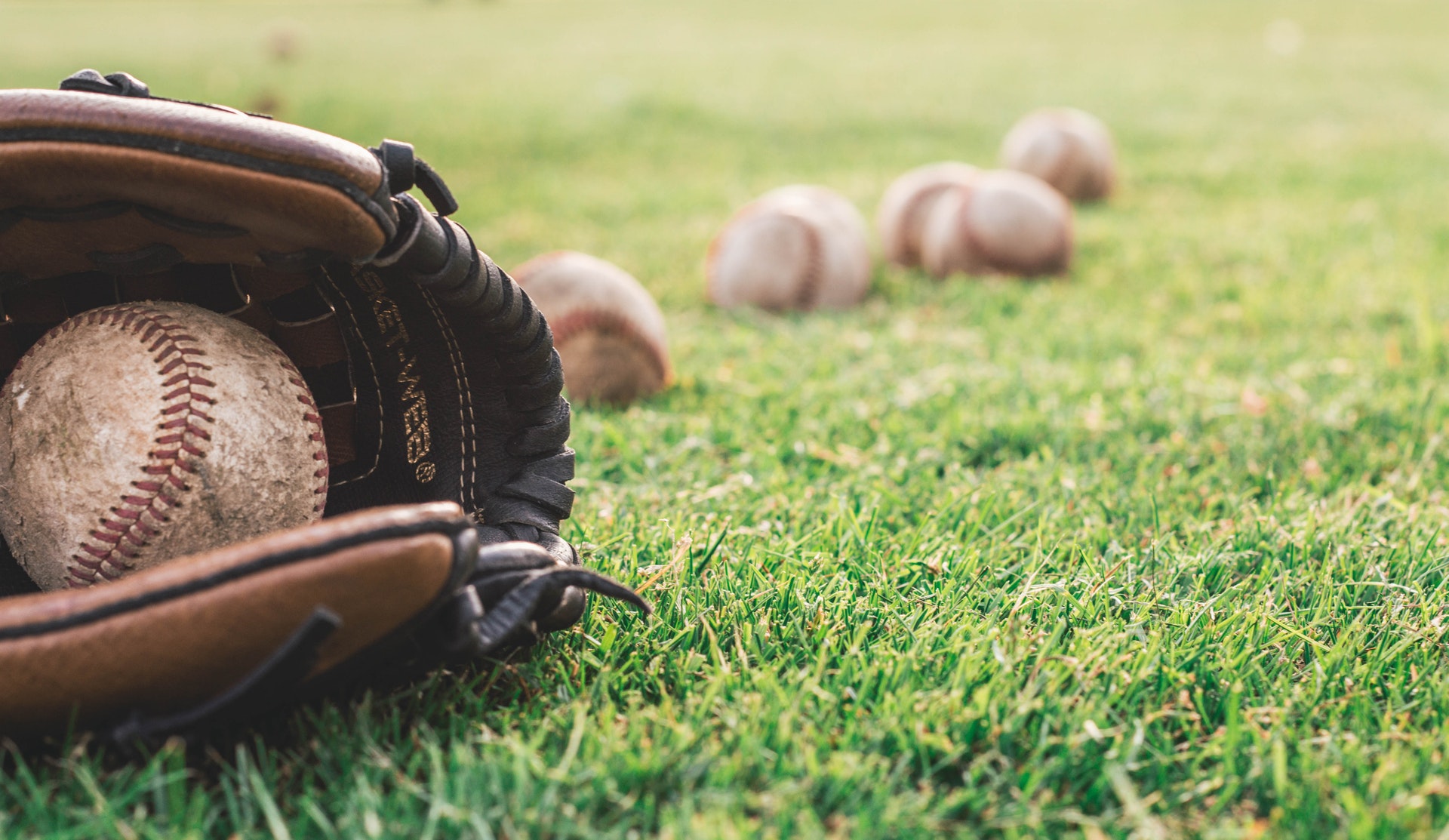The first session of the season is a significant affair, whether you’re new to coaching minor baseball or have been doing it for decades. You’ll meet new kids (and their parents), and you’ll have to figure out where they belong on the baseball field quickly. You want every youngster to be a stronger player by the end of the season, starting with solid first practice.
Here are a few pointers to help you get the season started right.
WHAT SHOULD YOU BRING?
First and foremost, there are a few essential items you should bring to the first practice:
Items for First Aid
a Gatorade cooler or individual water bottles for the entire team
Baseball bats, balls, and other teaching equipment
PREPARE FOR THE FIRST PRACTICE
The majority of leagues begin the season with a draught in which players are assigned to their respective clubs. You should have a list of each player’s name, address, phone number, and email address once your team is complete. Consider sending a message that contains a brief introduction, your contact information, and any upcoming activities in the form of a letter, email, or even a group text.
CALENDAR A MEETING WITH THE PARENTS
Hold a quick meeting with the parents either before the first practice or on the day of the course. This is, without a doubt, the most critical aspect of preseason preparation. Take a look at the following information:
- What each child will require during the holiday season (directed and optional equipment).
- The locations of the games, as well as directions to each field.
- Assign parent responsibilities for the season, which can range from coaching to concession booth management.
- Inform parents about the kind of actions that will not be accepted during the season (coaching from the stands, coming onto the field, yelling at umpires, etc.). Assure parents that you and your colleague’s coaches will be ready to speak with them privately about any concerns they may have.
- Tell parents how important it is for their children to attend each practice. Players that do not practice should have their playing time reduced.
- Request that parents inform you of any particular requirements their children may have (allergies, medical conditions, etc.).
- Set expectations for the season, perhaps most importantly. Make an effort to explain that children have a variety of abilities. Some will play infield, while others will play outfield. Some will pitch, while others will not. Tell parents that you will do your best to help each child develop but that putting players in particular positions before they are ready is simply harmful.
INTRODUCTIONS
Gather your players and introduce yourselves after everyone has arrived. Tell them how long you’ve been coaching, how long you’ve been playing the game, and a few interesting things about yourself (favorite team, player, superhero, food, etc.) Next, take a moment to introduce any assistant coaches who may be there.
Then go around the room and ask each child their name, age, and a fun question. It will be easier for the youngsters to relax if you keep it short and sweet.
COVER THE ESSENTIALS
The first practice is an excellent opportunity to review the fundamentals. Review the rules that apply to your league and age level, such as stealing, leading, and sliding. Because you’re likely to have youngsters who have never played the game before, take a few minutes to go over each position’s responsibilities.
GETTING STARTED WITH PRACTICE
Consider beginning practice with light stretching for younger players, say those under the age of 12. Not only will this teach the students a great lesson about loosening up, but it will also allow you to communicate the practice schedule for the day. If you don’t tell the kids what’s going to happen that day upfront, they’ll probably spend the entire practice asking you questions about what will happen next. Lay everything down in front of you.
You might wish to incorporate some warm-up routines as well. It may be as simple as jogging the bases for younger kids, and it’s a fantastic way to start and conclude practices.
WHERE DO WE GO FROM HERE?
Focus on fundamental drills at first practice because you will most likely be meeting some of your players for the first time, and some of them may have never played the game before. A little bit of everything is covered.
Consider dividing the children into four or five groups. Send each group off with a coach to work on various fundamentals: ground ball fielding, fly ball catching, and hitting fundamentals are all terrific places to start.
DO YOU REQUIRE A DRILL?
Are you looking for a fun and safe first practice drill? Take a look at the Tire Drill. Set up a tire somewhere on the field and suspend it from a fence with bungee cables or something similar. Set up throwing stations with cones to replicate infield positions such as second base, shortstop, etc. Allow the kids to take turns throwing the ball through the tire. You can even make it a game by assigning points for things like the ball going through the tire, hitting the tire, and so on.
This is an excellent drill for learning a little more about your athletes. You’ll be able to observe who has the most robust and most precise arms, as well as who might need some work.
Check out these baseball training articles for more baseball drills.
FINAL PRACTICE
Before sending the kids home, take a few minutes to go over what you covered in practice that day. Concentrate on one central point (ex: step into the throw).
Remember, these are just a few ideas to begin thinking about what you should do during your first practice session. It’s ultimately up to you how you run it, and you could do something completely different. In either case, the best thing you can do is make a strategy ahead of time to ensure a smooth and efficient first practice. Consider putting together a practice plan and emailing it to the players/parents ahead of time. Everyone will know what to expect in this manner.

